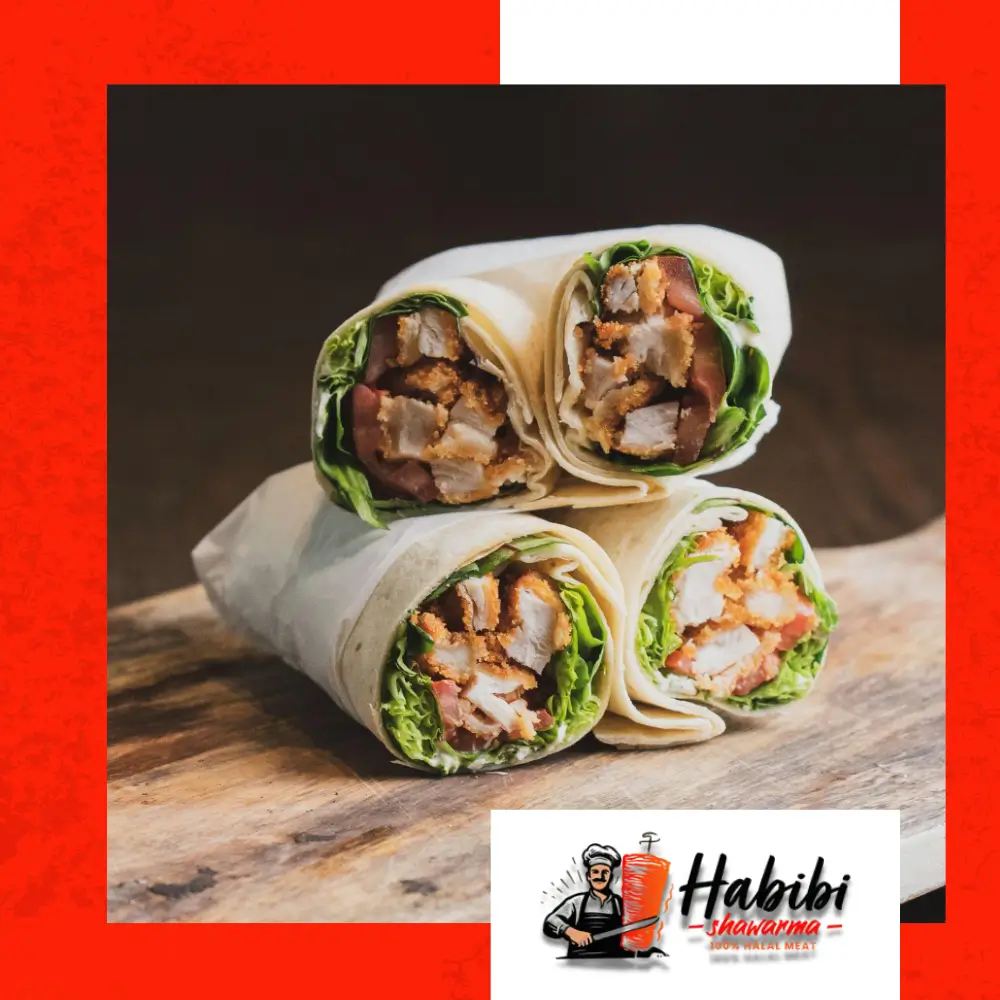Craving something savory, spiced, and wrapped in warm pita? You might find yourself searching “shawarma near me” to satisfy that hunger. But what if you’re faced with two options on the menu: Mediterranean shawarma and Middle Eastern shawarma? Aren’t they the same? Not quite. While they share similar roots, these two styles of shawarma offer unique differences in flavor, presentation, and cultural flair.
What Is Shawarma?
Shawarma is a popular dish made by marinating meat—usually chicken, beef, lamb, or turkey—in spices, then slow-roasting it on a vertical rotisserie. The cooked layers are shaved off and typically served in pita bread with sauces and toppings. Originally from the Levant region, shawarma has become a global favorite found in food trucks, casual diners, and upscale restaurants alike.
Key Similarities Between Mediterranean and Middle Eastern Shawarma
Before diving into their differences, let’s highlight what makes all shawarma styles so irresistible:
- Slow-roasted meat: Cooked on a vertical spit for rich, juicy flavor
- Bold spice blends: Including cumin, coriander, garlic, paprika, and turmeric
- Served in wraps or bowls: Commonly accompanied by salads, pickles, and sauces
- Halal-friendly: Often made according to Islamic dietary standards
Whether you’re grabbing a quick bite or enjoying a full platter, both versions offer a delicious, hearty meal. But now let’s explore what sets them apart.
Middle Eastern Shawarma: Rich, Bold, and Traditional
Middle Eastern shawarma typically hails from countries like Lebanon, Syria, Jordan, and Palestine. It’s known for its robust spice profile, garlic-heavy sauces, and deep cultural ties.
Signature Traits:
- Spices: Heavier use of warm spices like allspice, cinnamon, cardamom, and cloves
- Marinade: Often includes vinegar or yogurt for tanginess and tenderness
- Garlic Sauce (Toum): A staple with chicken shawarma—intensely garlicky and creamy
- Accompaniments: Pickled turnips, tabbouleh, hummus, and sometimes fries inside the wrap
Middle Eastern shawarma often emphasizes bold and contrasting flavors—sharp, savory, and slightly acidic. It’s ideal for those who want a strong, authentic taste of Levantine street food.
Mediterranean Shawarma: Fresh, Lighter, and Fusion-Inspired
On the other hand, Mediterranean shawarma tends to be a modern, westernized interpretation influenced by Greek and Turkish cuisines. You’ll often find this version in health-conscious cafes and quick-service restaurants.
Signature Traits:
- Spices: Milder and more herb-forward—think oregano, rosemary, and lemon zest
- Marinade: Lighter, citrus-based marinades with olive oil and herbs
- Sauces: Often includes tzatziki or tahini instead of traditional garlic toum
- Accompaniments: Feta cheese, cucumbers, olives, and greens
This style of shawarma appeals to diners looking for a balanced, lighter flavor profile and often caters to modern dietary trends like gluten-free or low-carb options with shawarma bowls or lettuce wraps.
Which Shawarma Should You Choose?
If you’re wondering what to order when searching for “shawarma near me”, consider your cravings:
- Want something rich and spicy? Go for a Middle Eastern shawarma wrap with garlic sauce and pickled veggies.
- Looking for something fresh and Mediterranean-inspired? Try a shawarma bowl with lemon herb chicken, tzatziki, and couscous or greens.
Either way, you’re in for a satisfying, flavorful meal. Many restaurants now even offer build-your-own shawarma options so you can mix elements from both traditions.
Shawarma’s Global Appeal
Part of what makes shawarma so beloved is its adaptability. Across cities like New York, London, Toronto, and Dubai, you’ll find a variety of shawarma styles that blend Mediterranean and Middle Eastern traditions with local ingredients.
Thanks to this fusion, halal shawarma has become one of the most popular fast-casual foods for meat lovers and vegetarians alike (hello, mushroom or falafel shawarma!). Whether in pita, rice bowls, or even tacos, shawarma continues to evolve while staying true to its flavorful roots.
Final Thoughts
Shawarma may have started in the Middle East, but its evolution across the Mediterranean and the world has made it a global icon. Understanding the differences between Middle Eastern and Mediterranean shawarma can help you better appreciate the regional nuances—and make the perfect choice next time you search “shawarma near me”.
From bold garlic sauces to fresh herb marinades, one thing’s certain: shawarma, in any form, is always a good idea.
READ MORE:
How Mediterranean Shawarma Uses Different Marinades Than Middle Eastern Shawarma

